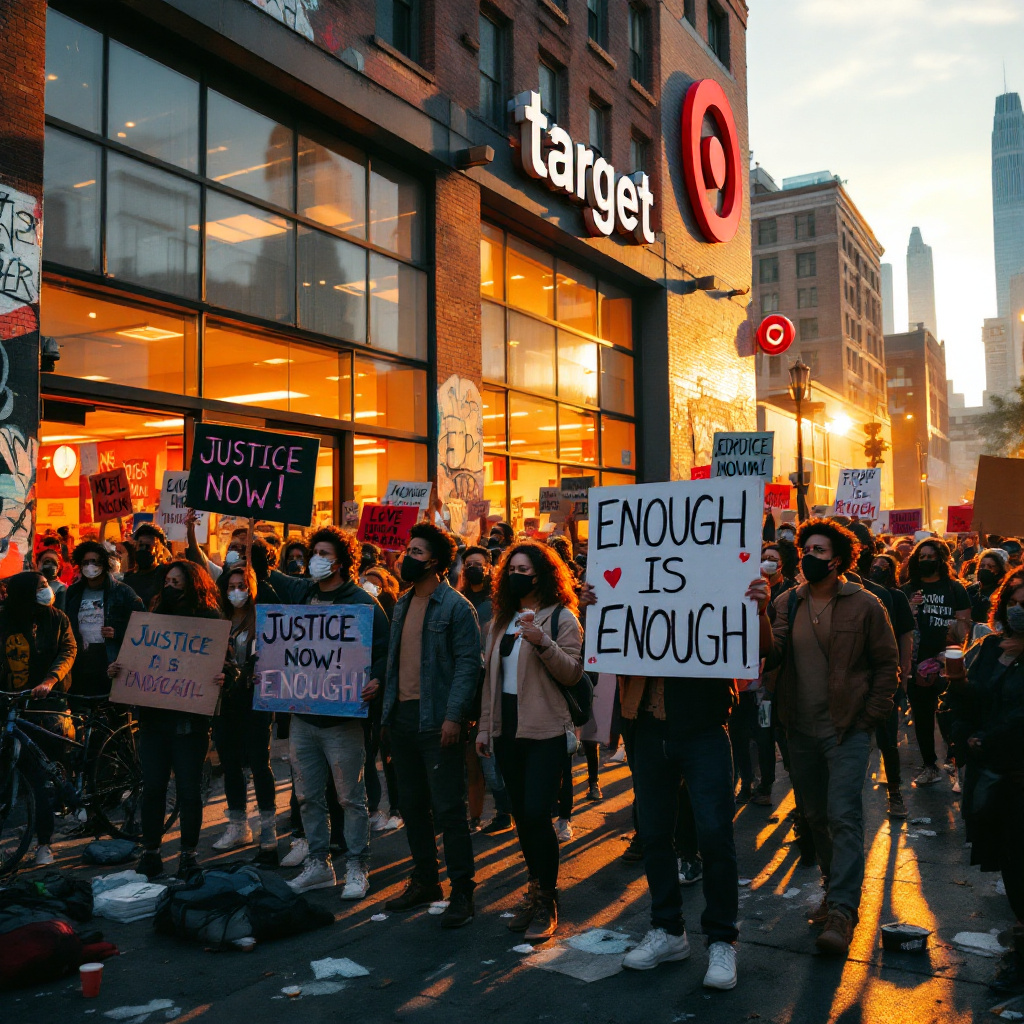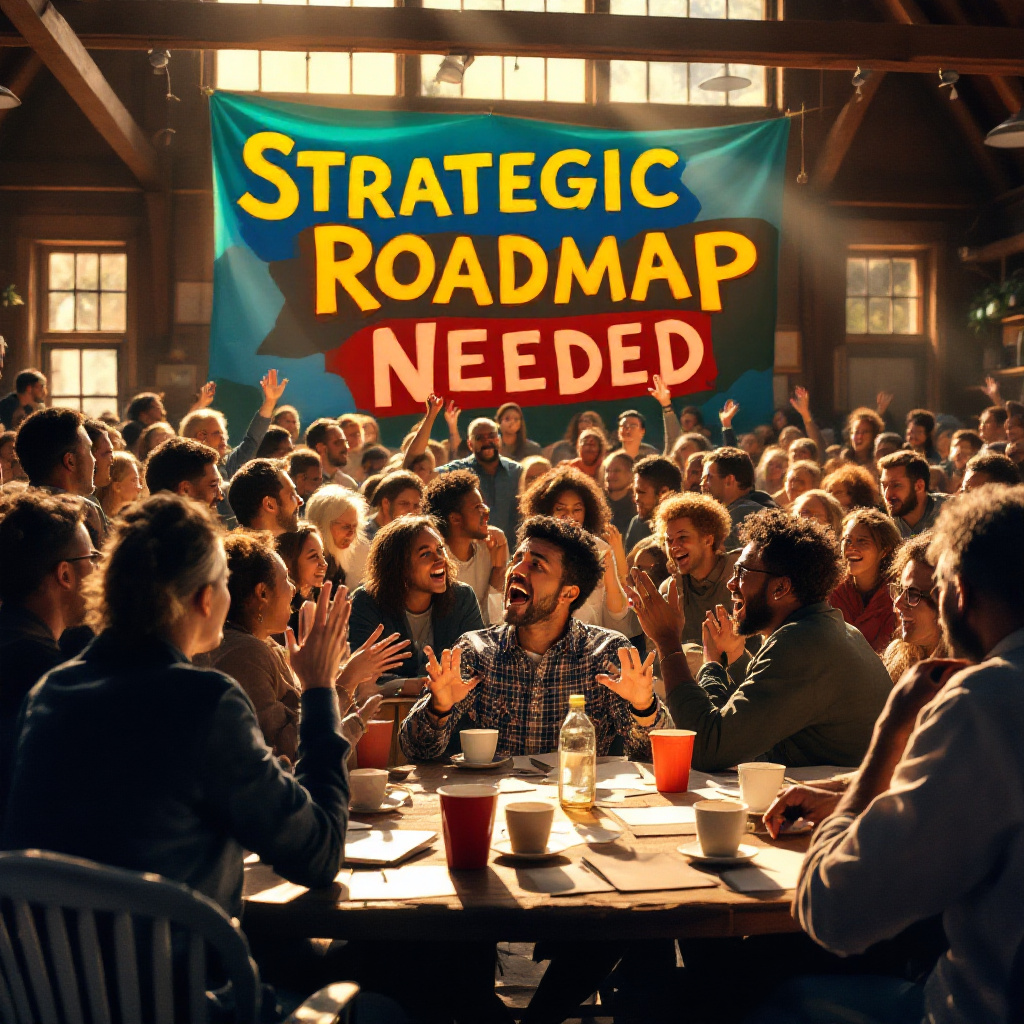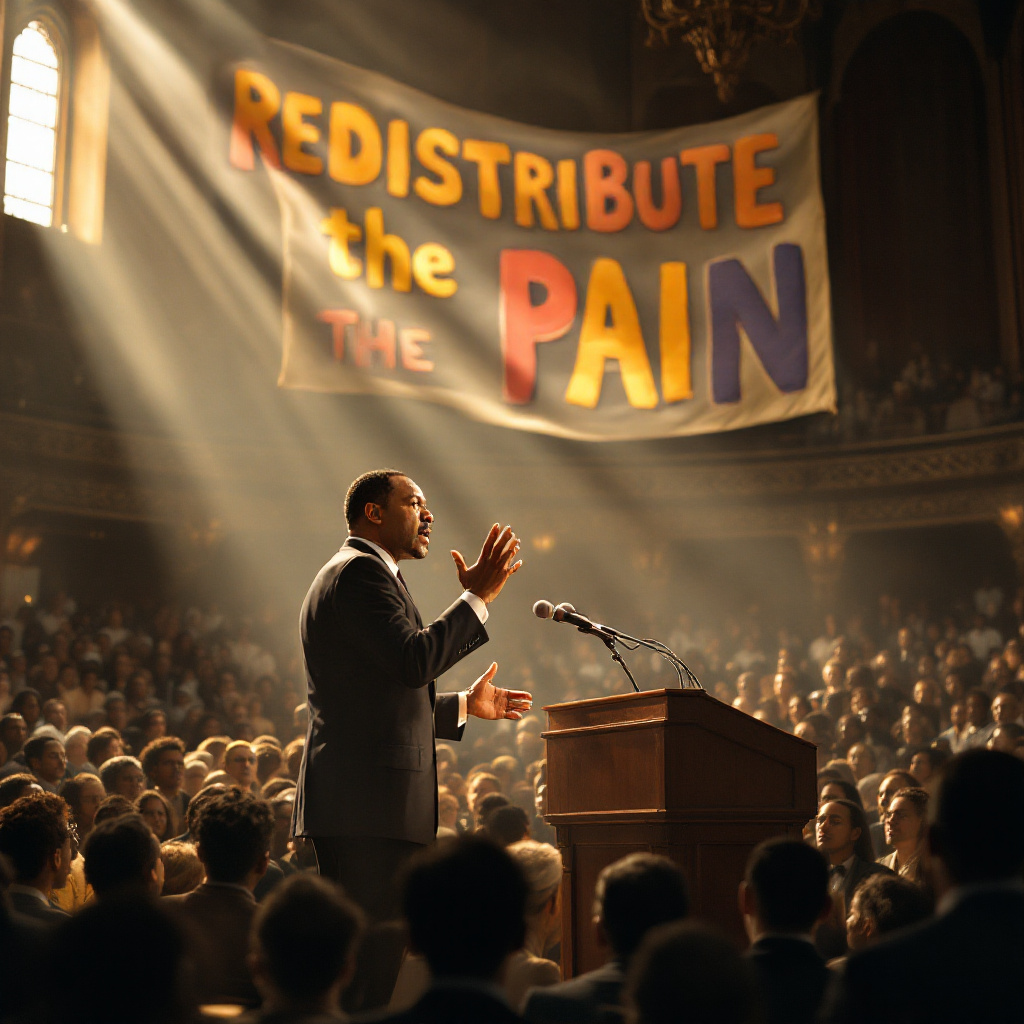The landscape of diversity, equity, and inclusion (DEI) in corporate America is shifting dramatically, and Black consumers must respond strategically. Over recent weeks, numerous companies have announced they’re scaling back or eliminating their DEI initiatives. This includes major players like Target, Walmart, and McDonald’s. Meanwhile, some organizations—including JP Morgan Chase, Delta Airlines, and Apple—remain committed to their DEI policies. The question is, how should the Black community respond? And more importantly, what outcomes are we working toward?
At the core of this fight is not just outrage but action. Action driven by a well-thought-out plan rather than knee-jerk reactions guided by emotion.

What’s Happening with Corporate DEI Initiatives?
Major corporations have come under fire from conservative voices, with many bowing to pressure to dismantle DEI initiatives. These policies were initially designed to expand opportunities for marginalized groups in areas like hiring, supplier diversity, and community investment. However, the rollback of such programs creates ripple effects—not just for employees but for Black-owned businesses reliant on these structures to thrive.
For example, the data paints a stark picture. White women—ostensibly classified as a “minority group” under DEI programs—receive over 70% of DEI-focused corporate jobs and 78% of federal Minority and Women Business Enterprise (MWBE) contracts. Meanwhile, Black-owned businesses receive just a sliver. Last year, African-American companies earned only $10 billion in federal contracts out of a pool exceeding $600 billion. That’s less than 2%.
Now, with corporations like Target and others scaling back, Black-owned brands are left scrambling, blindsided by decisions that could devastate their ability to sustain and grow.

Why Emotional Boycotts Fail
Calls for boycotting companies like Target are gaining steam on social media. However, there’s a problem. Passion alone won’t make a boycott effective. Without clarity on goals, a strategic roadmap, and collective discipline, such efforts often fizzle out or worse—backfire.
History offers us a lesson. The successful Montgomery Bus Boycott—a pivotal moment during the Civil Rights Movement—wasn’t based on whimsy. It was meticulously planned and sustained for 381 days. Everyone involved understood their role, and the movement had a clear objective: dismantling segregation in public transportation.
Economic withdrawal has power, but power needs structure to succeed. Boycotts driven by emotion can lead to unorganized individual actions instead of the collective pressure necessary to force companies to the negotiating table.

What Does an Organized Economic Strategy Look Like?
The six-point strategy behind Operation Breadbasket, developed during the Chicago Civil Rights Movement and later expanded by Dr. Martin Luther King Jr., still offers a blueprint for today:
- Information Gathering: Understand the scope of the issue. How does Target or any company invest in Black communities? Who holds the DEI and supplier diversity contracts?
- Committee Evaluation: Analyze the data, identify gaps, and prioritize demands.
- Negotiation and Education: Approach the company with specific requests, such as increased investment in Black businesses or hiring targets, all backed by informed reasoning. Educate others about the objectives.
- Economic Withdrawal (if necessary): Boycotts should be a last resort and only launched when negotiations fail.
- Agreement and Covenant: Achieve written commitments that are measurable and enforceable.
- Monitoring: Ensure accountability by regularly assessing progress against agreed outcomes.
This is what made earlier movements effective. They didn’t rely on vague goals like “more fairness.” They sought measurable results: the number of Black senior hires, contracts awarded to Black vendors, investments in Black-owned financial institutions, and funding directed to Black neighborhoods.
Questions Worth Answering Before Launching a Boycott
Before advocating for a boycott of any company, consider these points:
- What’s the end goal? Are we asking Target to recommit to its previous $2 billion pledge toward Black businesses, or is it something else?
- Who’s leading the charge? Effective boycotts require an organizing body, clear leadership, and a shared set of demands.
- What’s the impact on Black-owned businesses? Target carries over 1,000 products from Black-owned or founded brands. How do we ensure those businesses thrive during and after the boycott?
- How do we involve the community? Many in rural and urban areas rely on these stores for daily needs. What alternatives exist, and how do we communicate them?
Without answers to these questions, a boycott risks becoming little more than an emotional reaction—a firework that burns bright but fades too soon.

Economic Action Goes Beyond Boycotts
Let’s not get tunnel vision. Economic empowerment doesn’t end with Target. Collective buying power in the Black community stands at $1.6 trillion annually. But how often is that money spent in ways that uplift Black businesses?
Instead of halting all purchasing, consider intentional spending. Identify and support Black-owned brands through direct purchases. Buying directly from these companies not only bolsters their sales but also increases their profit margins by bypassing retailers’ fees.
For instance, products like The Lip Bar, Tabitha Brown’s hair care line, and other Black-owned brands listed on Target shelves can still be purchased directly from their websites. This approach keeps Black dollars circulating within the community while sending a message to retailers about where demand lies.
Lessons from History: Dr. King’s Economic Vision
 If Black sanitation workers were suffering in Memphis at the time, then boycotts needed to apply economic pressure on companies to share that burden.
If Black sanitation workers were suffering in Memphis at the time, then boycotts needed to apply economic pressure on companies to share that burden.
This philosophy applies today. It isn’t enough to pull back our dollars—we must also redirect them toward businesses, initiatives, and programs that truly support our community. That means opening accounts with Black-owned banks, funding Historically Black Colleges and Universities (HBCUs), and buying from Black-owned companies.
The Fork in the Road
This moment presents both a challenge and an opportunity. Corporations may be scaling back their DEI initiatives, but Black consumers hold incredible power. By organizing, educating, and acting strategically, we can direct our economic influence in ways that create lasting change.
The stakes are high. Without deliberate action, DEI rollbacks and the shifting corporate priorities spurred by conservative pressure could lead to an economic pullback from Black communities. And when businesses can’t grow or scale, it affects hiring, home ownership, and generational wealth-building across the board.
We don’t just need a response; we need a strategy. Math doesn’t lie, and the numbers tell us one clear truth: collective action, sustained and clear, is the only way forward.

